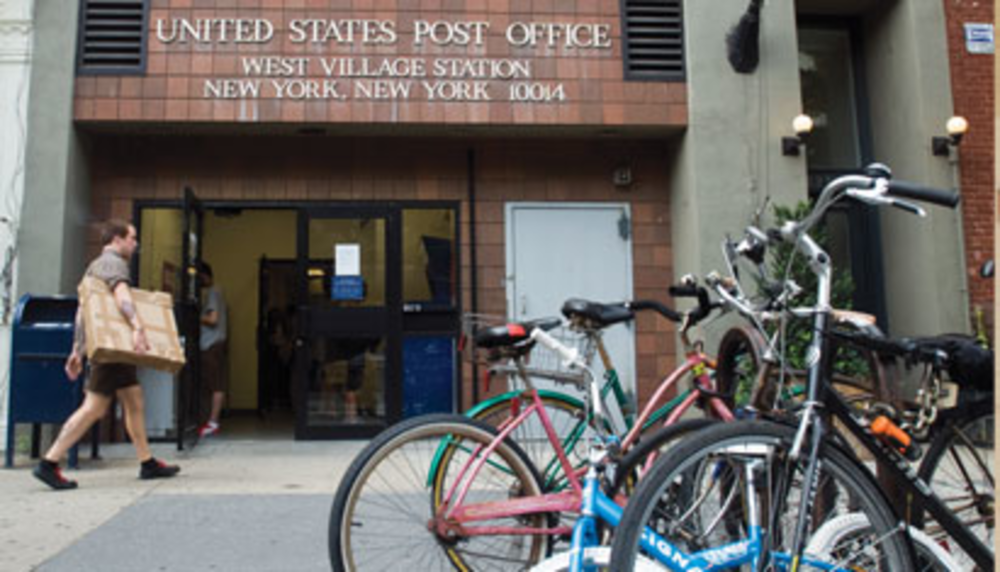A US Postal Service proposal to close office branches to cut costs at the financially troubled agency is making news headlines and has resulted in small uproars on the local level. However, most catalogers and direct mailers have greeted the expected shutterings with a shrug.
The US Postal Service began by looking to close up shop at more than more than 3,100 branches in response to dwindling mail volumes, which have been driven further down by the recession. Since its original proposal, it narrowed the list down to 413 local affiliates.
Greg Frey, US Postal Service spokesperson, indicates that the consolidations will likely not drastically affect the holiday retail shipping season because branches must go through a months-long process prior to a final decision.
It’s “really premature to talk about specific offices closing until there are decisions to move forward,” he explains, adding that the federal government has “almost certainly” narrowed its list down from 413.
Most marketers understand that cuts at the postal service are necessary, and don’t expect significant changes to their services after branches close, says David Henkel, president of Johnson & Quin, a direct mail printing and production company.
“The simple bottom line is that the USPS needs to cut its costs pretty dramatically, and this is one of several moves that make sense, as much as we hate to see these things happen,” Henkel says. “I don’t see a major adverse effect to mailers as a result of [potential closures], although I understand that the local communities will be quite upset about it.”
That sentiment is consensus among marketers, as long as the postal service only closes branches that are focused on dispersing mail to consumers, and not processing centers and other facilities where direct mail is introduced into the postal system.
So far, marketers are not overly concerned that the yet-to-be-announced closings will derail their efforts, industry experts say.
“If the branches they are closing are retail branches, then that should not have that much of an impact. It’s the processing branches that would have a bigger impact, because that’s where the incoming mail is sorted,” says Cary Baer, a consultant and the former chairman of Postcom. “With mail volume down quite significantly, it makes sense. You can’t keep doing what they’re doing.”
The USPS has stated that it is primarily considering closing offices in urban and suburban areas, where the impact would be blunted by the proximity of branches. Of the 413 branches still under consideration for closure, 20 branches are in Los Angeles, 16 are in New York, 15 are in Cleveland and 13 are in Atlanta.
The postal service has said it will take no action on any branch prior to October 2. After that date, consolidations will be decided on a case-by-case basis.
“I think that very few people are impacted by the closure of a post office because they have such density. We are not talking about rural locations that people need to go to return a package,” says Hamilton Davison, executive director of the American Catalog Mailing Association. “Those are redundant locations that they need to close, and I think they can close an awful lot of stores before they run into access problems.”








